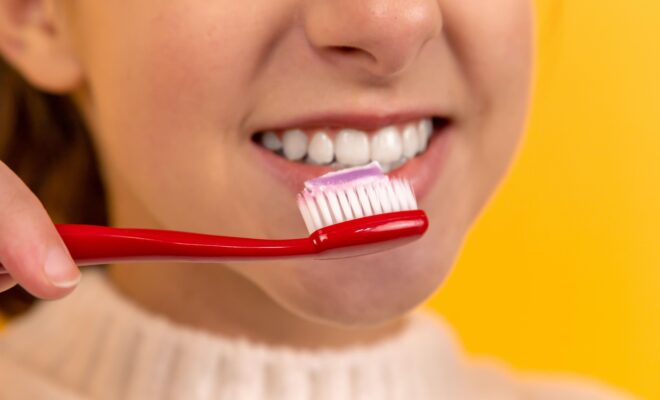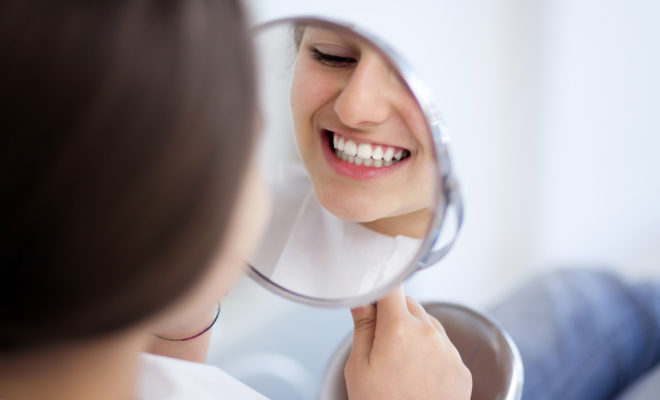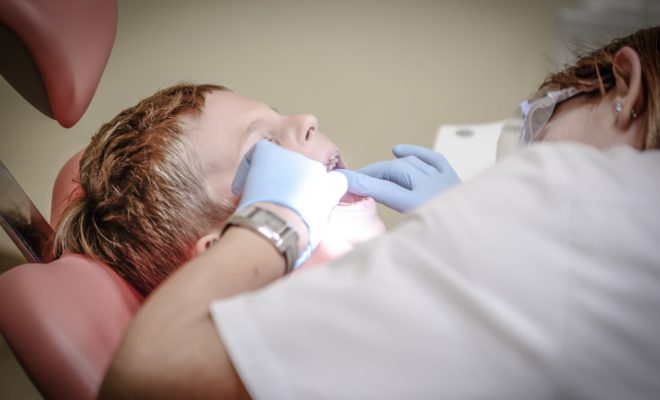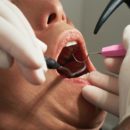Is There Such A Thing As “Free Dental Care”?
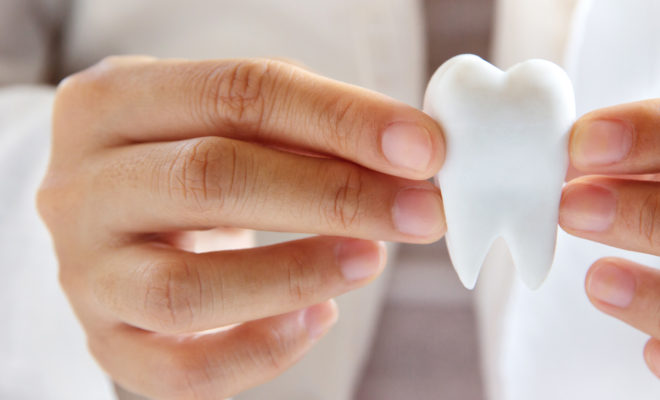
Oral health care is the key to living a healthy and happy life. We rely on our teeth and gums to perform daily tasks, such as eating, swallowing, and speaking. Routine dental checkups and cleanings keep our teeth and gums performing at their peak, and most dental care is covered by dental insurance plans. What if you don’t have access to dental insurance, or have a condition that is not covered by a traditional insurance plan? Luckily, there are other options available, including low-cost or even free dental care. In this guide, we’ll show you alternatives that can help you receive the oral health treatment you need at a price nearly everyone can afford.
Free Dental Care?
Many people might be surprised to learn that free dental care is sometimes available for those who cannot afford a visit to a family dentist. This is especially valuable to underprivileged communities, and in fact these communities are often the reason such free dental programs exist. Low-income individuals and families often face barriers when it comes to both medical and dental care, as their income is often insufficient to pay for insurance.
Dentist offices around the country often host special events where they provide free basic care, particularly for children in communities underserved by traditional dental services. These dentists often work in conjunction with school districts and public health organizations to deliver care like cleanings, checkups, and oral fluoride treatments. The special events usually have an educational component, helping young children understand the need for oral healthcare and to give them the tools and information needed to take care of their own teeth and gums.
Low-Cost Dental Treatment Options
To address the needs of the communities in which they are located, many dental schools offer free or low-cost dental care clinics. In some cases, dental schools have regular clinic hours, while others host special events to serve underprivileged patients. Dental students gain experience in patient care under the guidance of a qualified dental practitioner. Schools vary between educational institutions like community colleges where dental hygienists are trained to university-level dental schools. Treatments can include basic dental services like oral imaging (x-rays and bitewings), cleanings, fluoride treatments, and tooth polishing, or may even delve into more comprehensive treatment options like root planing/scaling or periodontal therapy. Dental schools typically offer a broader range of more complex treatment options, including tooth extractions or root canals. At the University of Minnesota School of Dentistry, dental students perform treatments that are a fraction of the cost of a visit to the dentist – in most cases, about 30% less than traditional dental care. Surgical implants, crowns, and tooth-colored fillings are only a few of many services these low-cost clinics provide. Other dental schools in the United States offer similar low-cost treatment plans for those who cannot afford insurance.
If you are someone who needs dental care, but cannot afford the potentially high costs of treatment at a dental clinic, check your community bulletin boards for special events. Oral healthcare is important for living a healthy life, and by providing low- or no-cost services, dental students and practitioners help others take care of their teeth for life. To learn more about dentistry, follow Dr. Thomas E. Cooke on his blog.

